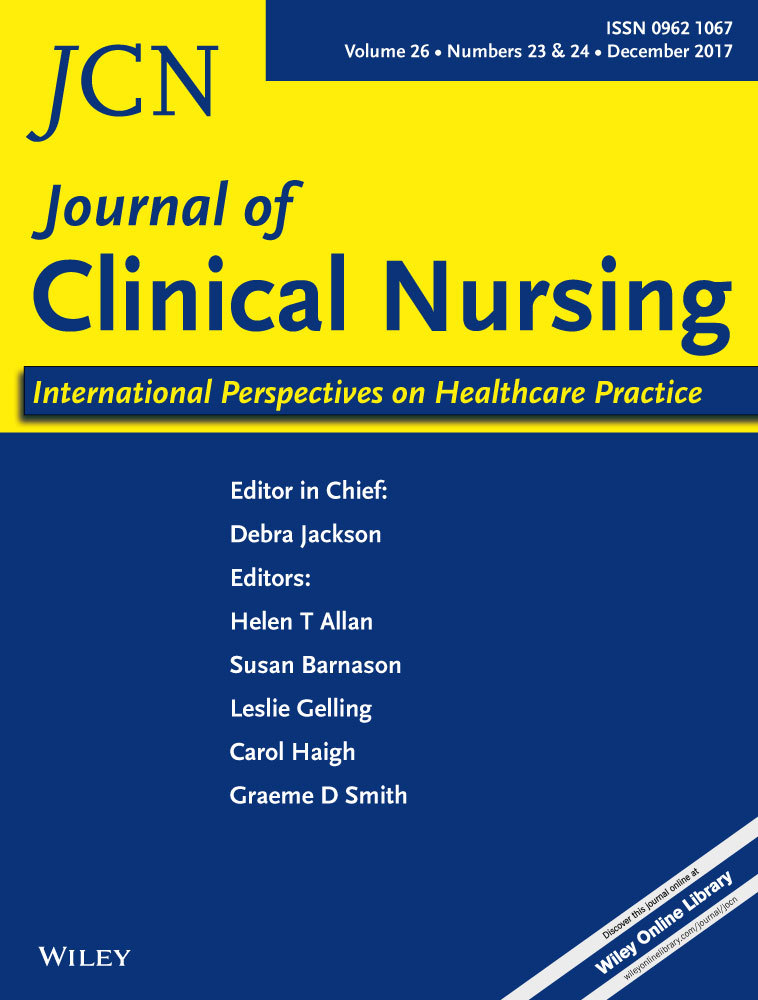Commentary response: Frailty, not just about old people: Reply to Smith GD & Kydd A (2017) Getting care of older people right: the need for appropriate frailty assessment?
As highlighted in a recent editorial, the ageing population and burden of frailty among those aged 60 years and older represents an impending challenge for individuals and healthcare systems globally (Smith & Kydd, 2017). As frailty is largely considered a geriatric syndrome, research has primarily occurred within older community-dwelling populations (Fried et al., 2001). However, it is important to highlight that not all older people are frail, and conversely not all younger people are nonfrail. With frailty research expanding its scope beyond geriatrics over the last two decades, our understanding of this syndrome and its complexities has progressed. Notably, the disparities in why individuals either ‘thrive’ or ‘dive’ are being attributed to frailty severity rather than age alone. This is especially true when assessing younger critically ill patients, where the impact of frailty is said to be analogous to that of frailty in older people (Bagshaw et al., 2016). These younger populations have some of the highest reported frailty prevalence rates, where frailty plays a key role in morbidity, mortality and healthcare usage above that of other populations (Arora et al., 2016; Jha, Hannu, Chang, et al. 2016; McAdams-DeMarco et al., 2015).
Given the already high interaction of these patients within the healthcare system, there exists the potential to target these ‘frailty-dense’ pockets where the magnitude of interventional frailty screening and management can have greater impact. One of the major barriers limiting the implementation of frailty screening within a clinical setting, however, is the lack of an agreed definition (Rodriguez-Mañas & Fried, 2015). Thus far, measures adapted from Fried's phenotype (PF) (Fried et al., 2001) have been more readily applied within a clinical setting due to feasibility and brevity. Unlike the CGA, mentioned in the editorial as an appropriate measure among older community-dwelling populations, the FP has been more widely applied within a diverse number of clinical care settings (Buta et al., 2016). This is important as it is becoming increasingly apparent that the nature of frailty in younger critically ill individuals may differ in clinically important ways to older individuals – namely their potential for frailty reversal/improvement. This is due to the fact that illness severity may be inducing aspects of their frailty phenotype – and vice versa – affording for interventional management to not just improve disease severity, but also frailty severity (Jha, Hannu, Wilhelm, et al. 2016). While we fully agree with Smith and Kydd that accurate and timely detection of frailty enables nurses to ‘do the right thing right for older people’, we would also argue that implementing frailty assessments among those critically ill younger patients may provide ‘just as big a bang for your buck’.




